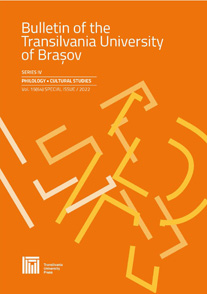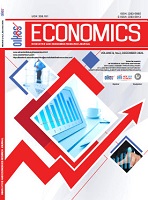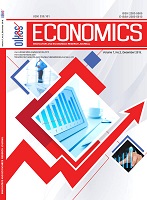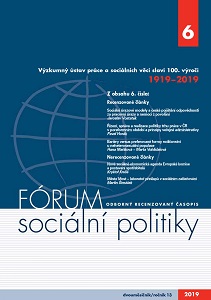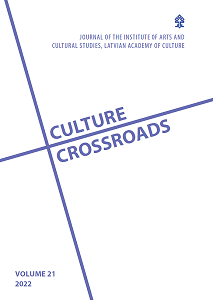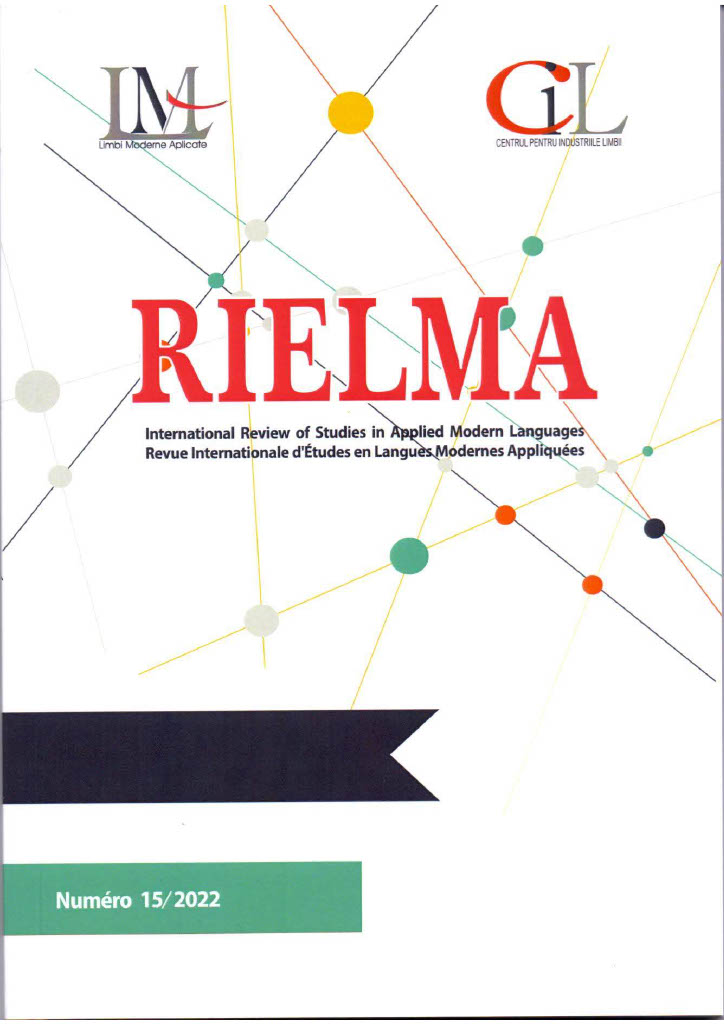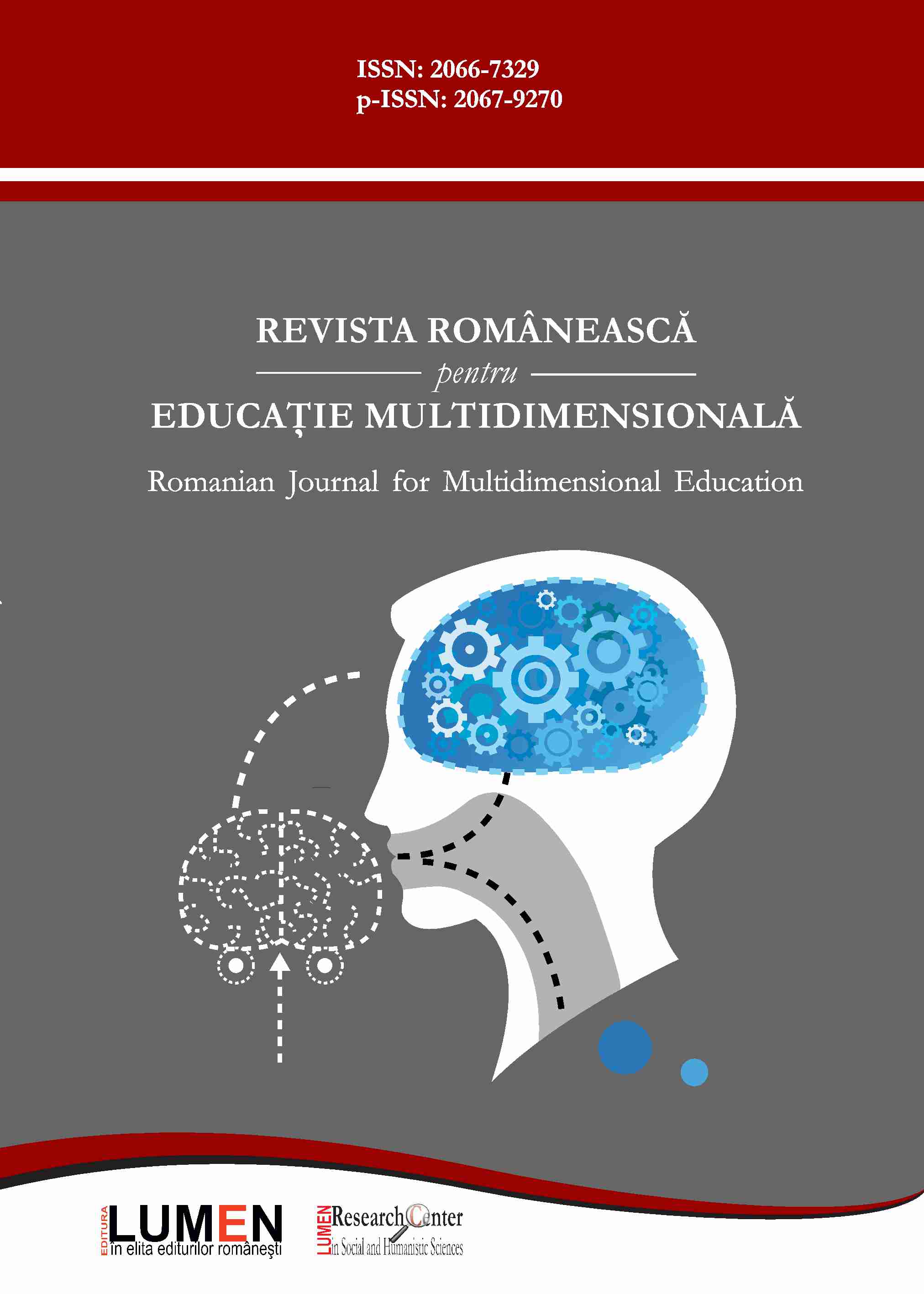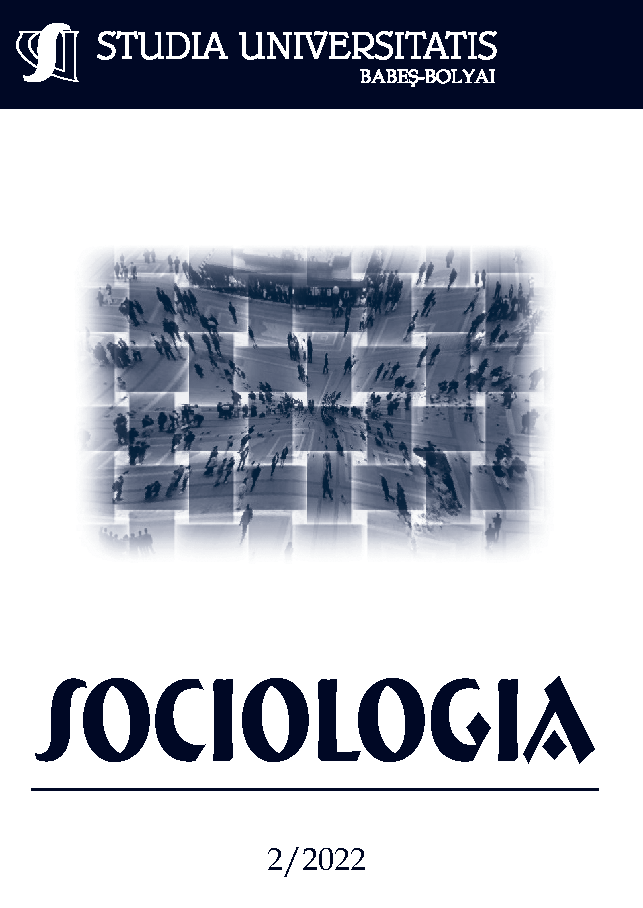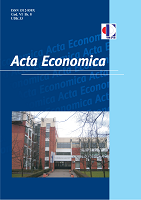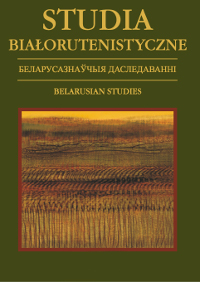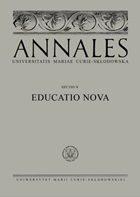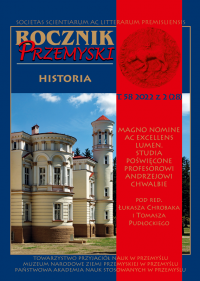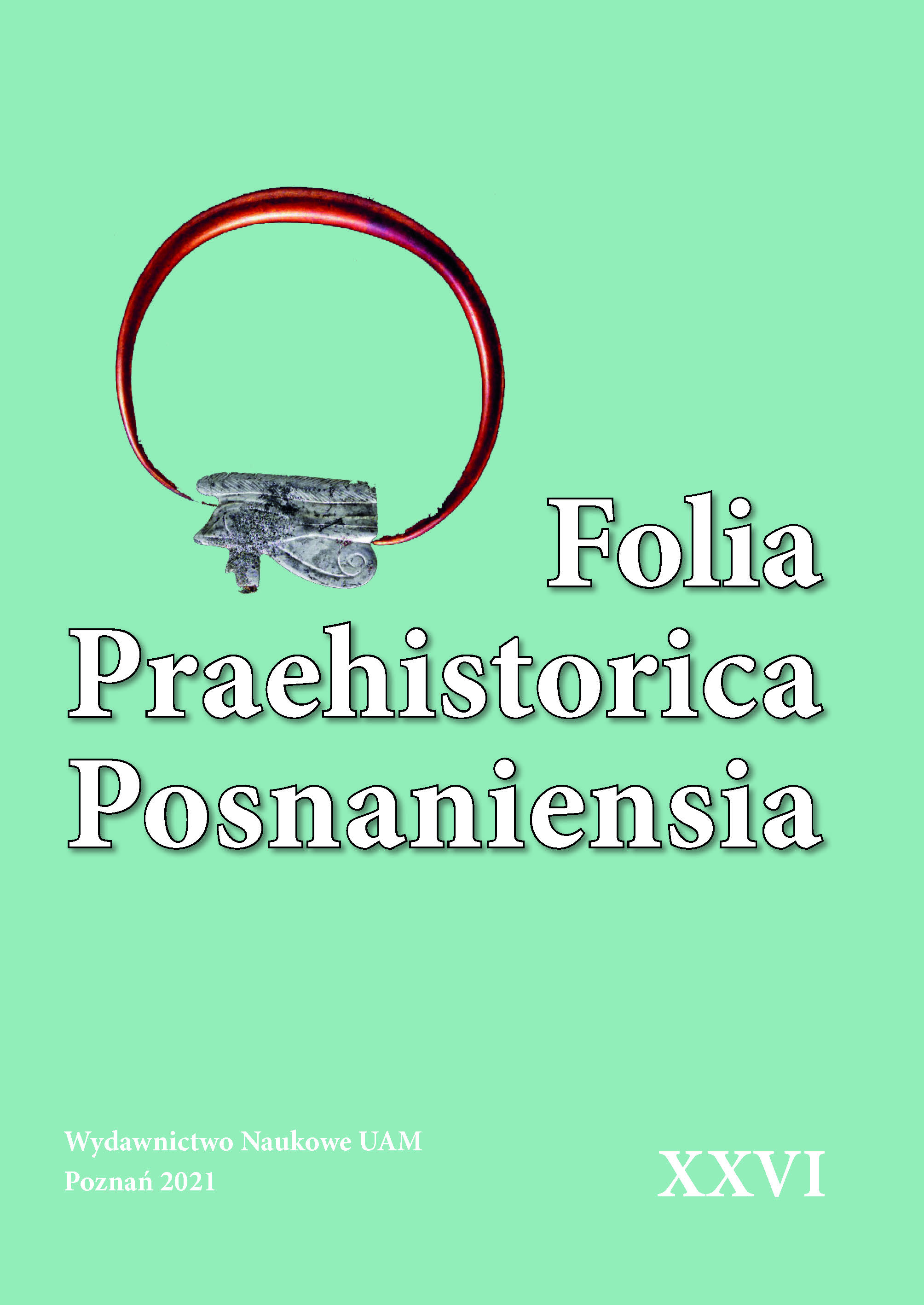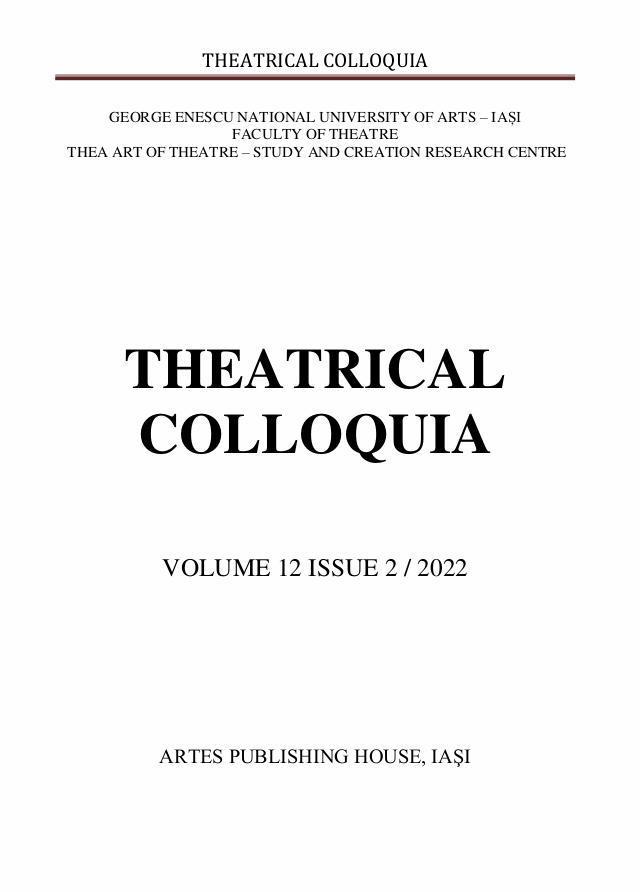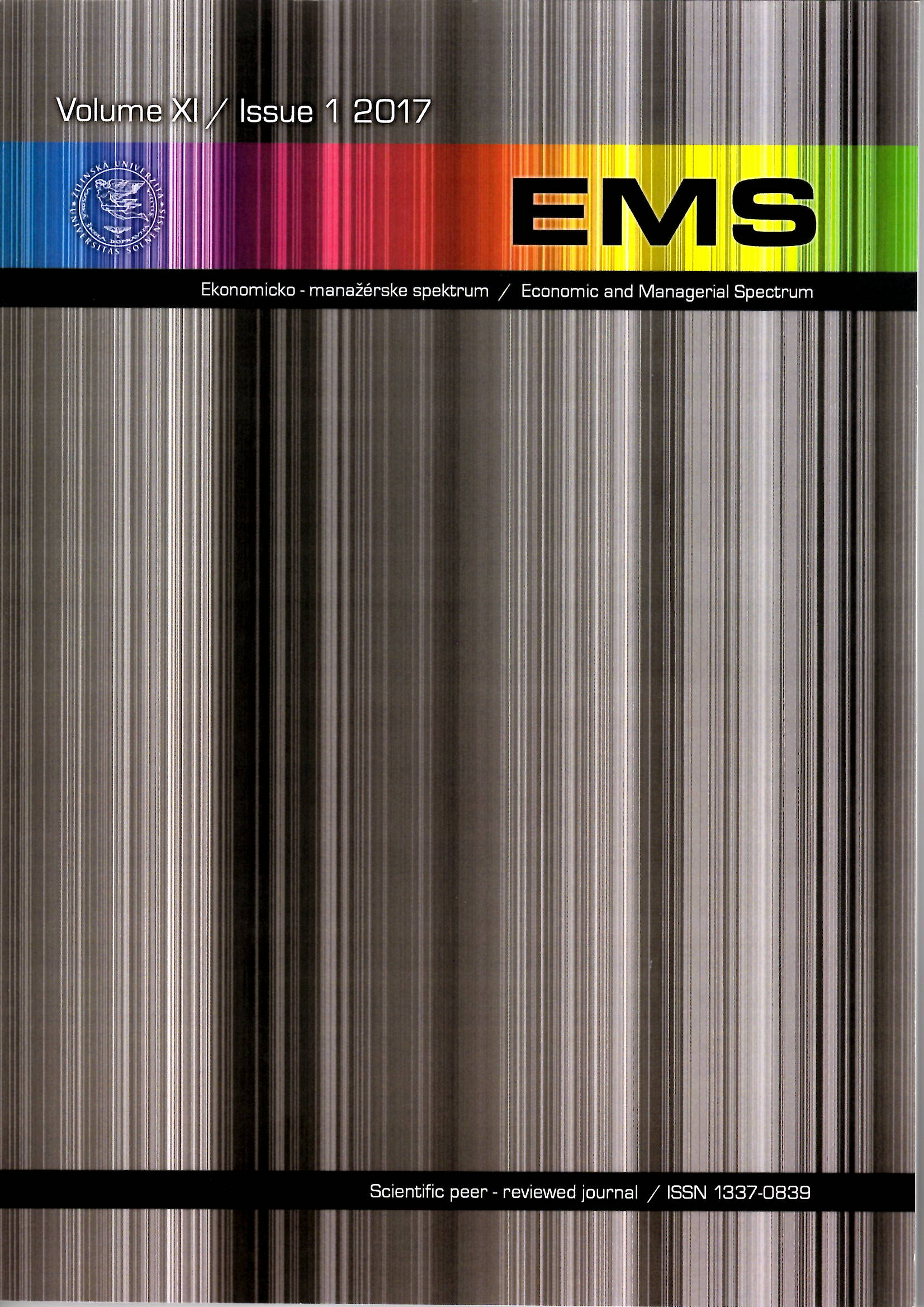
HOW INDUSTRY REACTS TO SHOCKS: CASE OUT OF RUSSIAN CITIES
Research of reactions of the city economics has always been of great interest to scientists. Firstly, the analysis helps the policy developers to take efficient measures to solve managerial problems. Secondly, in the era of globalization cities are by right considered centres of concentration of the industrial and labour potential of the country. This research makes an attempt to analyze the employment pattern in the manufacturing and extractive industry sectors in the period of economic shocks, assess the influencing factors in the Russian cities varying in size and geographical location, using the shift share analysis. The received results show that the sector of extraction and processing of natural resources is growing notwithstanding low oil prices and the sanction policy, but the number of employed in the manufacturing industry is decreasing. An important conclusion for management is considerable impact of the local government on ensuring a favourable economic structure. This research may become a basis for a discussion on the scope of powers of the local government in municipalities varying in size and geographical locations. Research of the issue of leadership and responsibility for prosperity of cities as national activity centres arouses particular interest in the time of crists or external impacts such as sanctions. Developing countries with authoritarian regime place the main emphasis on the state policy measures while the role of local government is often limited to development of territory infrastructure, local handcrafts, service industry. May be there is a need to deploy a “two-gear model” of local government powers and give the leading cities a possibility to take over solution of issues relating to the change of economic structure, industrial sector development for future prosperity.
More...
